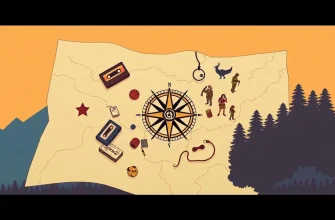- The Adventures of Robin Hood (1938)
- The Treasure of the Sierra Madre (1948)
- The African Queen (1951)
- Lawrence of Arabia (1962)
- The Flight of the Phoenix (1965)
- The Man Who Would Be King (1975)
- The Blue Lagoon (1980)
- The Ghost and the Darkness (1996)
- Indiana Jones and the Raiders of the Lost Ark (1981)
- The Lost City of Gold (1987)
Embark on a cinematic journey through time with this curated list of adventure films from the past century. These movies not only entertain but also transport viewers to different eras, cultures, and landscapes, showcasing the evolution of adventure storytelling. Whether it's the thrill of exploration, the excitement of treasure hunts, or the adrenaline of survival, these films have left an indelible mark on cinema history and continue to inspire adventurers at heart.
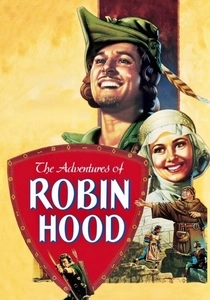
The Adventures of Robin Hood (1938)
Description: Errol Flynn's portrayal of Robin Hood has become iconic, with this film capturing the essence of chivalry, adventure, and romance in medieval England. Its vibrant Technicolor and swashbuckling action set the standard for adventure films.
Fact: This was one of the first films to be shot in three-strip Technicolor, which was groundbreaking at the time. Flynn performed many of his own stunts, including the famous leap from a castle wall.
 Watch Now
Watch Now 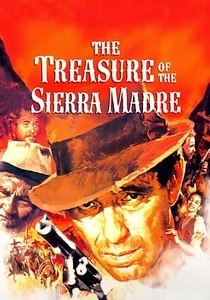
The Treasure of the Sierra Madre (1948)
Description: A tale of greed and paranoia, this film follows three men prospecting for gold in Mexico. Its gritty realism and exploration of human nature make it a standout in the adventure genre.
Fact: Humphrey Bogart's character, Fred C. Dobbs, was originally supposed to be killed off earlier in the film, but the script was changed to keep him alive longer. The film won three Academy Awards, including Best Director for John Huston.
 Watch Now
Watch Now 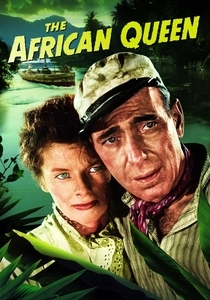
The African Queen (1951)
Description: Starring Humphrey Bogart and Katharine Hepburn, this film tells the story of a missionary and a riverboat captain navigating through German East Africa during World War I. Its blend of romance, adventure, and survival against all odds is timeless.
Fact: The film was shot on location in Africa, with the cast and crew enduring harsh conditions. Bogart won his only Oscar for Best Actor for his role as Charlie Allnut.
 Watch Now
Watch Now 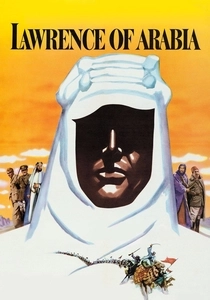
Lawrence of Arabia (1962)
Description: This epic biographical adventure film follows T.E. Lawrence's experiences in the Arabian Peninsula during World War I. Its sweeping landscapes, complex character study, and epic scope make it a landmark in cinema.
Fact: The film was shot in Super Panavision 70, which gives it its distinctive wide-screen look. It won seven Academy Awards, including Best Picture and Best Director for David Lean.
 Watch Now
Watch Now 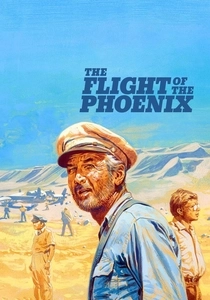
The Flight of the Phoenix (1965)
Description: After their plane crashes in the Sahara, a group of survivors must build a new plane from the wreckage to escape. This film is a gripping tale of human ingenuity and survival against all odds.
Fact: The film was shot in the Libyan desert, with actual planes being crashed for authenticity. The screenplay was adapted from a novel by Elleston Trevor.
 Watch Now
Watch Now 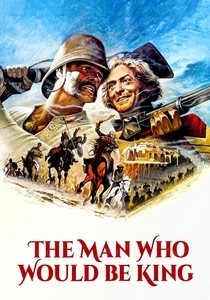
The Man Who Would Be King (1975)
Description: Directed by John Huston, this film stars Sean Connery and Michael Caine as two British adventurers in colonial India who set out to become kings of Kafiristan. Its blend of adventure, humor, and tragedy is captivating.
Fact: The film was based on a Rudyard Kipling story, and the script was written by Huston himself. It was one of the last films to be shot in the traditional way, with minimal use of CGI.
 Watch Now
Watch Now 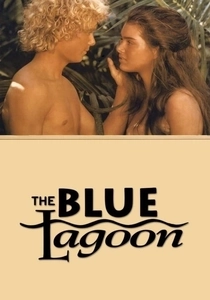
The Blue Lagoon (1980)
Description: Two young children are shipwrecked on a tropical island and grow up in isolation, exploring themes of innocence, nature, and the human spirit. Its exotic setting and coming-of-age story make it an adventure of a different kind.
Fact: The film was controversial for its depiction of nudity and themes, leading to several cuts for different markets. It was remade in 2012 with a different storyline.
 Watch Now
Watch Now 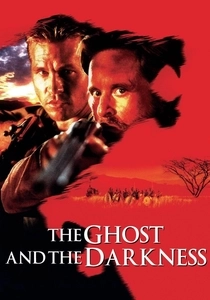
The Ghost and the Darkness (1996)
Description: Based on a true story, this film recounts the tale of two man-eating lions that terrorized workers on the Tsavo bridge project in Kenya. It's a thrilling adventure with elements of horror and survival.
Fact: The lions, known as the Tsavo maneaters, are on display at the Field Museum of Natural History in Chicago. The film took liberties with the historical events for dramatic effect.
 Watch Now
Watch Now 
Indiana Jones and the Raiders of the Lost Ark (1981)
Description: This film kicks off the legendary Indiana Jones series, where archaeologist Indiana Jones races against Nazis to find the Ark of the Covenant. Its blend of action, history, and humor makes it a quintessential adventure film.
Fact: The boulder chase scene was inspired by a similar scene in the 1954 film "Secret of the Incas." The film was nominated for nine Academy Awards, winning four.
 30 Days Free
30 Days Free 
The Lost City of Gold (1987)
Description: A sequel to "Romancing the Stone," this film continues the adventures of Joan Wilder and Jack Colton as they search for El Dorado. It's a fun, light-hearted adventure with plenty of action and romance.
Fact: The film was shot in Mexico, and many of the locations used were actual archaeological sites. The movie was less successful than its predecessor but still holds a charm for fans of the series.
 30 Days Free
30 Days Free 



